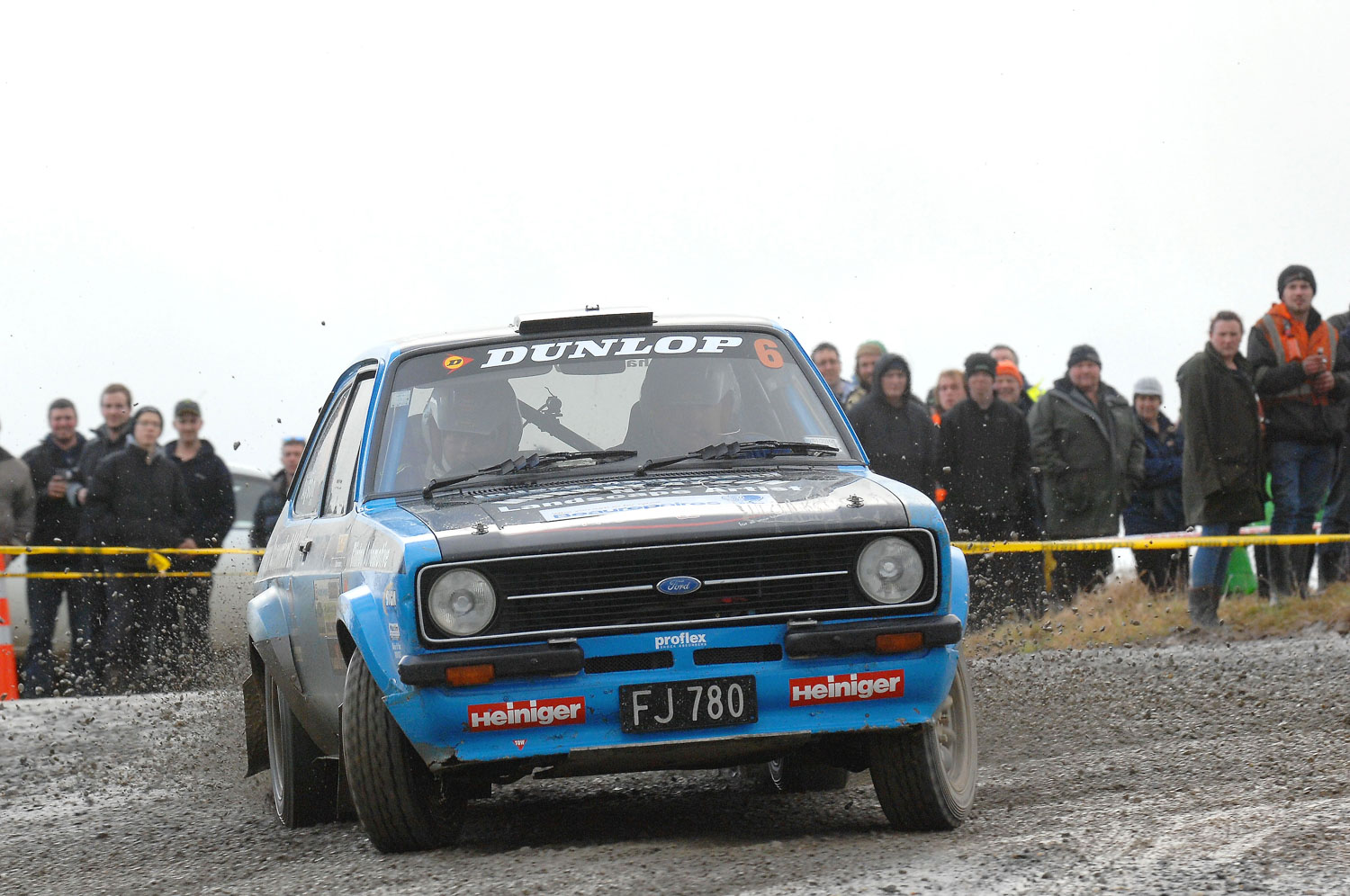
Gore driver Derek Ayson is focusing on winning the Classic section of the 2017 Otago Rally for a fourth time, something which has never been done before.
The New Zealand Rally season kicks off on 7 April and in this celebratory 50th year of the sport in New Zealand, the honour goes to the Otago Rally as the season opener.
Fresh from an overall fastest time and Challenge section win in his first and only Silver Fern Rally in December last year with co-driver Gavin McDermott of Wyndham, Derek is relishing the challenge.
“2016 was one of our best years yet. It’s a huge commitment to do the Silver Fern, so I don’t think we will be doing it again just yet,” Derek said.

A former national two-wheel drive rally champion in 2004, he returned in 2005 with a Mitsubishi EVO 4 and with co-driver Andrew Graves of Gore, secured the new format national Rally Extreme championship — Graves has since gone on to prove he is no mean driver either, with a string of wins and high rally placings.
Ever increasing costs and work commitments drew Derek back to the popular classic rally class and his old favourite, a Ford Escort.
This year’s Otago Rally offered a special challenge and it also included one of his favourite rally stages, he said.
“Kuri Bush is the best stage ever! Plus Cannibal Bay at the Catlins is pretty cool too. There are two of us with three Otago Rally classic wins, so I’m going to have a really good go at making it a fourth win,” Derek said.

He is up against it this year with a big field expected including the entertaining Irishman Frank Kelly in his Ford Escort MKII.
“There are some pretty quick cars entered so it will be a big ask. The camaraderie in this class is enormous,” he said.
He relished the roads used for the Otago Rally, some of which had been part of the just completed Silver Fern Rally.
Seated alongside Derek would be his co-driver from last year’s Border Ranges Rally in Queensland Australia, Catriona Kelly. With the pair now accustomed to each other’s rallying style in a Ford Escort loaned by friend Ed Mulligan and in the previous year in Ed’s BMW, it could be an interesting combination.
“Catriona is very good and she has been co-driving on roads in Australia which are very similar to here,” he said.

Ayson’s reliable Ford Escort MKII is something special amongst a large field of MKI and II versions in the classic rally series.
Fitted with an FJ20 Nissan engine stroked to 2.4litres and running through a five-speed Hollinger / ZF gearbox, the combination had provided good reliable power and torque without the astronomical costs associated with the lovely sounding Cosworth BDAs so often seen in these cars.
After a total of 14 or 15 consecutive rallies, the Peter Kennard built engine was due for some TLC — Brent Tiney in Christchurch has had the car back for a full freshen up afte originally building the car.
“It’s been amazingly reliable and it really is now giving its best with performance and pace not far away from the leading cars in the class. It really is my favourite fun rally car this one,” he said.

Getting the power to the ground is a well-supported, multi-link, Toyota Hi-Lux limited-slip differential with adapted BMW discs and AP brakes, while up front a change to MCA suspension and AP brakes had seen some noticeable handling gains.
“The car was built in 2009, so in eight seasons, it’s gone pretty well,” Derek said.
This year’s Otago Rally includes a new 40km sealed stage and section of the Glendu Forest which had not been used for 30-years and the rally had attracted a large contingent of drivers from overseas.
The rally starts on Saturday in Dunedin’s Octagon and runs over 14 special stages and some 285km with day one finishing with the traditional sprint around the streets in Dunedin.

Clerk of Course Norman Oakley said day two would be based in Waihola, but the day included something special.
“A feature of this day will be the inclusion of a 55km monster stage in the Berwick Forest that will start and finish on fast public roads, but which will contain a middle section of some typical forestry roads. This stage may decide the event,” Norman said.


